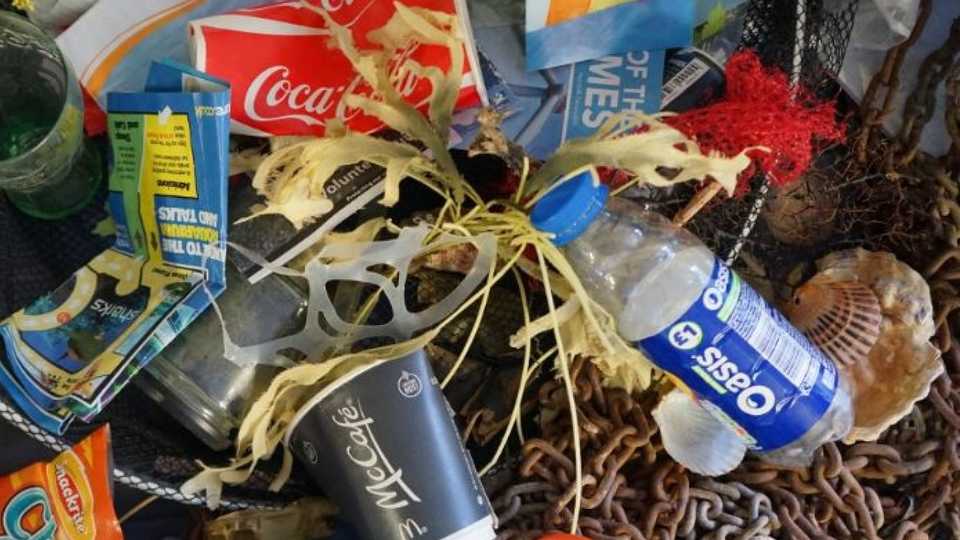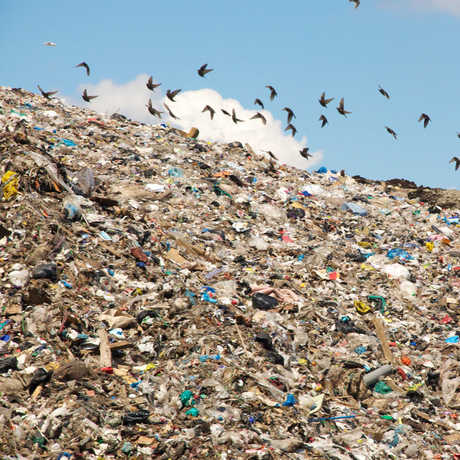Marine Debris
We face many complex challenges when it comes to a clean and healthy ocean, but one problem is simple to understand: Trash (Ocean Conservancy, 2015). Trash in the water:
- compromises the health of humans, wildlife and the livelihoods that depend on a healthy ocean
- threatens tourism and recreation, and the critical dollars they add to our local economies
- complicates shipping and transportation by causing navigation hazards
- generates steep bills for retrieval and removal.
Marine debris is everywhere—found in and around every major body of water on the planet. 80% of marine debris is due to land-based sources: litter from pedestrians, motorists, beach visitors; industrial discharges in the form of plastic pellets and powders; and garbage management issues such as ill-fitting trash can lids (California Coastal Commission, 2015).
Storm-water runoff is one of the most significant threats to ecosystems along the coastal areas of the U.S. As the water runs over and through the watershed it picks up and carries litter, contaminants and soil. The blotches of leaked motor oil on parking lots, plastic grocery bags, pesticides, fertilizers, detergents, and sediments are known as non-point source pollutants. These pollutants can be carried by runoff from rain and snow melt, and flushed into groundwater, streams, rivers and the ocean (NOAA, 2015).
Rapid Trash Assessment
The methodology for the survey was developed by the San Francisco Regional Water Quality Control Board for sections of wade-able streams, but has been adapted for assessment of trash along shorelines of lakes, beaches, or estuaries (Burres, 2009). Additionally, this activity adapts the protocol to schoolyards and neighborhoods that aren’t directly near creeks.
Conservation & Sustainability Methods
There are many potential solutions to decreasing waste that are more sustainable, which means that it meets the needs of the present without compromising the ability of future generations to meet their own needs. Students will be asked to come up with their ideas for ways to be more sustainable. This will help them build critical thinking skills. You can introduce some of these concepts to help students generate ideas.
- First “R” = Refuse: This is the most effective personal choice you can make. Refuse to buy things that are disposable such as plastic bags, single use water bottles, cheap plastic toys that break easily. People who refuse to buy certain products because there is too much packaging are practicing “responsible consumerism.”
- Second “R” = Reduce: This is more effective that reusing, or recycling. Reduce means using fewer resources in the first place. This is the most effective of the three R's and the place to begin. Before you make a purchase, think: Is this something I really need? Can I instead use something I already have? Can I borrow this item from somewhere? Can I purchased a used version from a thrift shop? If I must purchase it, how can I get it with less packaging?
- Third “R” = Reuse: Before you recycle or dispose of anything, consider whether it has life left in it. A jam jar can store leftovers. Food scraps can become compost. An old shirt can become a pajama top. An opened envelope can become a shopping list. A magazine can be shared. A dishwasher can be repaired. A computer can be upgraded. A car can be resold. A cell phone can be donated.
- Fourth “R” = Recycle: If something is broken beyond repair, or there is no other way to reuse it, then it can be recycled. Check with your local municipality to see what recycling options there are in your community. You might be surprised to see what can be recycled.
- Advocate and Vote: Many cities, such as San Francisco, have banned single use plastic bags, and foam to-go containers because of their large impacts on the Bay environment. This forces businesses to use more sustainable alternatives.
- Participate in a Coastal Clean-up Day, or Adaopt-a-Beach.



